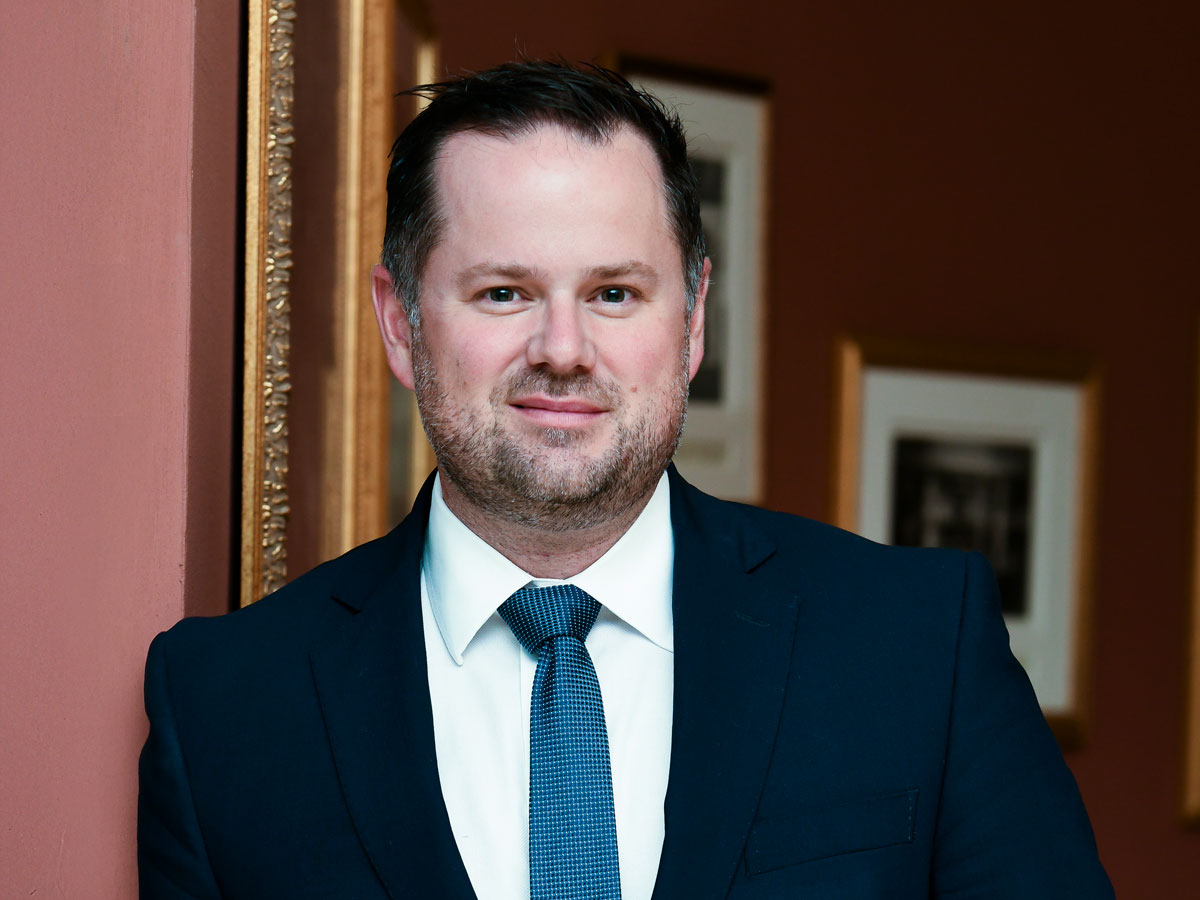
The fundamentals of the Canadian housing market are incredibly strong because they’re underpinned by a significant imbalance of supply and demand that will be present for many years to come, said Michael Tsourounis, managing partner and head of real estate at Hazelview Investments, during the Canadian Investment Review’s 2024 Risk Management Conference.
Any time there’s an imbalance between supply and demand, there’s a solid foundation for strong risk-adjusted returns, he said, noting fundamental elements, such as the effects of strong population growth through immigration policy, declining household sizes, changing demographics and rising homeownership costs, are impacting the demand side.
Conversely, on the supply side, there has historically been significant underbuilding in this sector, as well as increased construction costs, long development timelines and challenges in the labour market. As housing demand remains high, the economics of building new units today are challenging, he added.
Within the sector, multi-family residential has the most stable occupancy and the most diversified tenant base across all asset classes, said Tsourounis. “When looking at the major four investable asset classes, multi-family had the most stable occupancy over the past 15 years. And the reason is quite obvious: we have more demand for housing than we do supply.
“When looking at the other asset classes, there are many factors that could impact demand: how we work — or more importantly — where we work will have a significant impact on office demand. How we shop and how our goods are shipped and distributed will have major impacts on both the retail and industrial sectors.”
The multi-family residential rental market can bring stability and strong risk-adjusted returns to a broader real estate portfolio, he said, noting rental revenues are dispersed across hundreds of tenants so the likelihood that any one tenant makes up a significant amount of the asset’s cashflow is almost zero.
Indeed, this increases predictability for asset owners and reduces variability during varying economic cycles, noted Tsourounis. In contrast, with retail or office assets, losing one tenant could materially reduce a property’s cashflow, making backfilling challenging, time-consuming and expensive.
“Additionally, this asset class is significantly less institutionalized when compared to the others. So this means there are good buying opportunities. Both older, vintage and new constructed assets will trade at discounts to replacement cost, especially as construction costs continue to rise. And this — all else equal — should significantly improve their competitiveness relative to new supply.”
The lower cost of financing for the asset class is another opportunity, added Tsourounis. “The Canada Mortgage and Housing Corp. provides opportunity for lower-cost financing with lower spreads compared to conventional market, which can help add accretive financing solutions when investing in multi-family.”
To earn alpha in multi-family, institutional investors need to have active, hands-on, experienced management that can identify market and value-add opportunities, he said, suggesting some active management strategies that drive alpha and help increase assets’ resiliency and cashflow: improving building management; addressing deferred capital and value-enhancing upgrades; and investing in environmental, social and governance areas, which can significantly reduce operating expenses in addition to reducing a building’s carbon footprint.
Also, to add value in the space, he recommended investors seek out opportunities where they’re able to add density to existing assets in a sustainable way, noting many older, vintage assets sit on large pieces of land that could support additional density at low cost.
“Multi-family is a people-first business that requires active hands-on management to not only improve the asset and the living experiences and create a better community, but also ensure operational excellence and long-term building resiliency and sustainability.”
Read more coverage of the 2024 Risk Management Conference.
